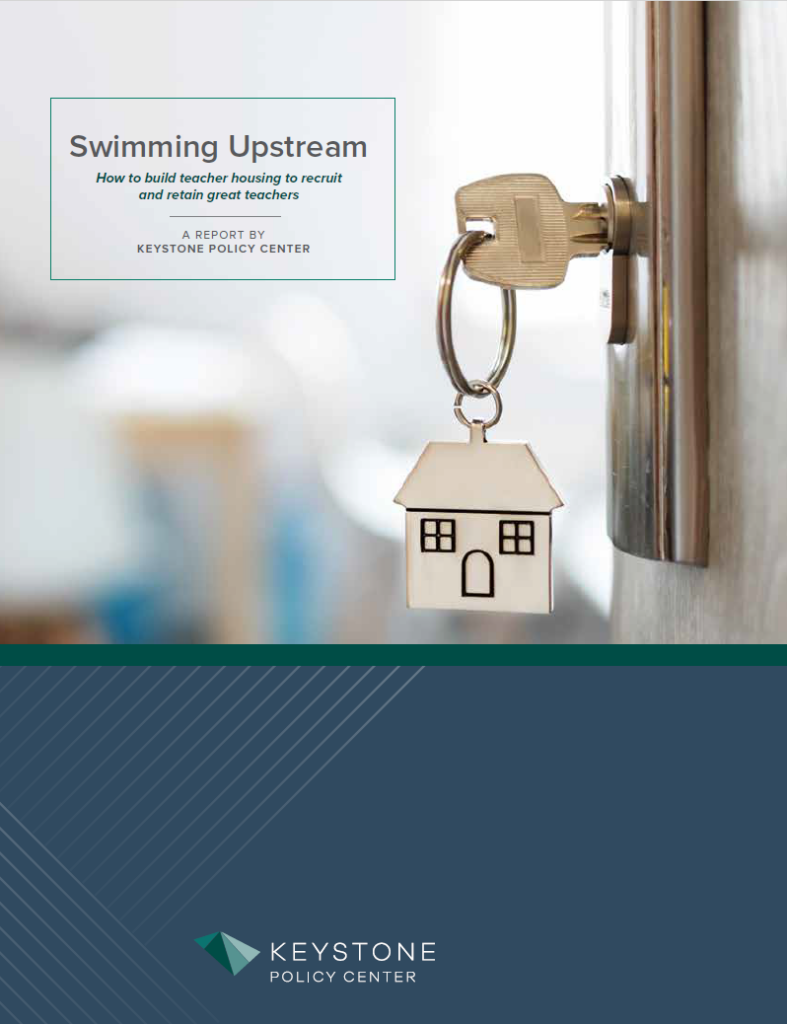Swimming Upstream: How To Build Teacher Housing to Recruit and Retain Great Teachers
A landmark 2022 Keystone Policy Center report, entitled Homeownership for Colorado Teachers: Affording the American Dream, laid out in stark terms how difficult it is for public school teachers in Colorado to live where they work. The report revealed that fewer than 20 percent of for sale homes in the state are valued at a price that is affordable for teachers earning the average salary in the school district in which they work.
In many places, rents are also out of reach, especially for early-career teachers. Rents nationally were 17.6 percent higher in July 2023 than in February 2020. As housing costs – both rental and ownership – have spiraled to unprecedented levels both in the urban corridor and in mountain resort communities, educator pay has failed to keep pace. This has problematic implications for school districts that need to attract and retain teachers.
Housing affordability for educators has been an issue for several years, but has grown more acute in Colorado, and elsewhere, since the Covid-19 pandemic led to a spike in real estate prices and rents beginning in 2020. While prices have flattened over the past year, rising interest rates have more than offset any modest declines in home prices.
While the challenges of providing educator housing in expensive real estate markets might seem daunting, they are surmountable. Our follow-up report, Swimming Upstream: How To Build Teacher Housing to Recruit and Retain Great Teachers, examines those school districts that are tackling this problem head on.
The first section of this report will briefly survey the issue from a national perspective, with a focus on California, where the acuteness of affordability challenges is extreme and longstanding, and where school districts and the state legislature have begun chipping away at the problem.
We will then take a detailed look at how Roaring Fork and Eagle school districts have approached tackling the issue in their communities over the past few years. We will conclude with a cautionary tale out of Denver, and a brief description of the types of partnerships between districts, developers, municipalities, and nonprofits that are necessary to make any school district-led housing initiative succeed. We will also briefly examine Proposition 123, approved by Colorado voters in 2022, which will create significant sums and incentives for developers and nonprofits to build affordable housing. School districts could conceivably form partnerships to take advantage of these opportunities.










